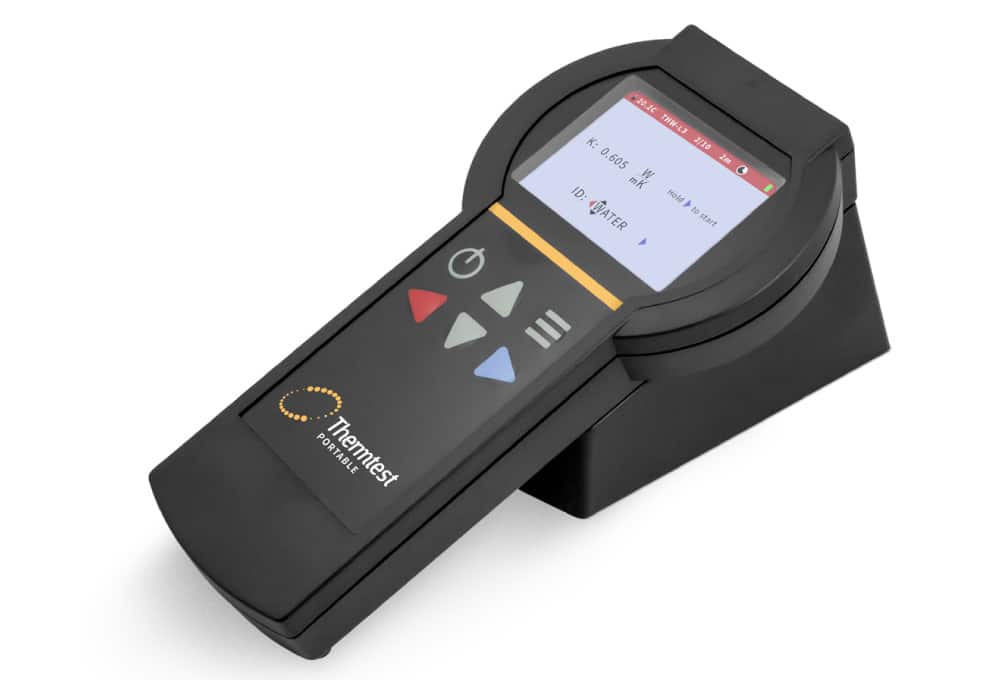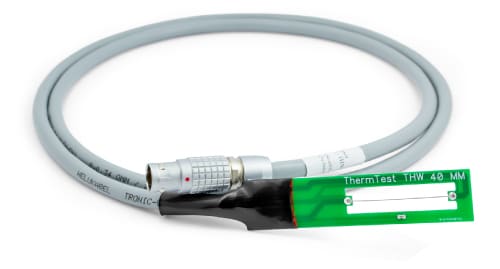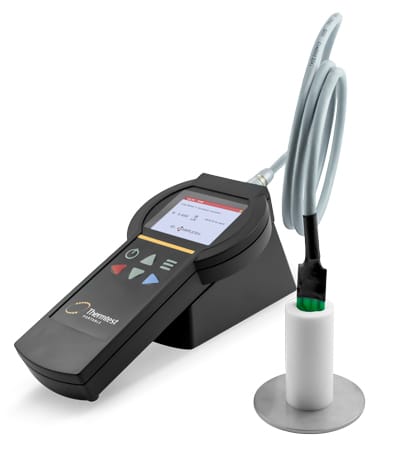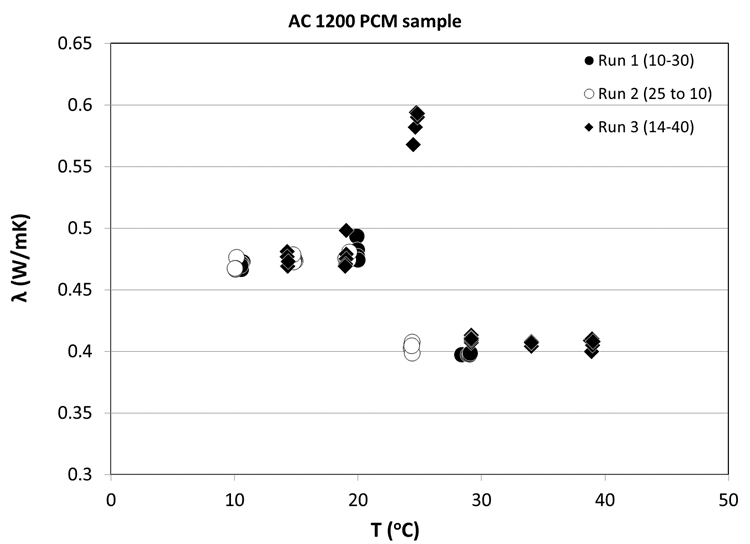The Measurement Platform-2 (MP-2) is an advanced meter with unique selection of transient thermal conductivity sensors for a variety of applications, with a focus on primary measurements. The transient thermal conductivity sensors share similar principles of operation. The sensor wire is heated using a constant current source (q) and the temperature rise is recorded by monitoring the change in electrical resistance of the wire (THW and EFF) or by resistance temperature detector device (TLS). For samples of high thermal conductivity, the lower the slope; for samples of low thermal conductivity, the higher the slope.

Picture 1. Thermtest MP-2 Thermal Conductivity Meter
Thermal conductivity MP-2 users benefit from the convenience and accuracy gained when using primary testing methods. The MP-2 controller auto-detects the connected sensor and loads corresponding testing parameters. Measurements are easily performed with the smart on-board software and transferred to computer with an included Windows utility program.

Picture 2. Thermtest THW-L3 sensor for use with the MP-2 portable meter.
The THW-L3 sensor is one of the many sensors offered with the Thermtest Portable Measurement Platform (MP-2). This sensor offers simple yet accurate measurements of liquids, pastes, and powders from 0.01 to 1 W/(m·K) via the transient hot wire method. The THW-L3 adheres with an internationally recognized standard of testing by complying with ASTM D7896-19. The THW-L3 has a 5% accuracy and a 2% reproducibility of measurement, making it a highly accurate and precise instrument for measuring the thermal conductivity of liquids, pastes, and powders.
The THW-L3 has a detect current setting that determines the appropriate amount of current to apply based on a test measurement. By reading the result of the test measurement, a current will be set that results in an optimal temperature rise of the sample during testing. Due to the compact size of the THW-L3 sensor, it can be inserted directly into the sample cell, making sample setup very straightforward (Picture 3).

Picture 3: Measurement Platform-2 (MP-2) with the THW-L3 sensor and sample cell
The AC-1200 is a microencapsulated phase-change material used in bedding textiles and gives the preferred cooling effect during sleep. The phase change range of AC-1200 is between 20 to 25 °C which is lower than the human body temperature. While the AC-1200 is going from the solid to the liquid phase, the endothermic procedure absorbs heat from the human body giving the feeling of cooling and comfort during sleep.
The thermal conductivity of the PCM sample AC-1200 was measured with a THW-L3 sensor from 10 °C to 40 °C. The sample was shaken, heated up to 30 °C and poured in the warm measuring cell which was placed inside a drybath. Then the temperature of the drybath decreased to 10 °C and measurements were taken from 10 °C to 30 °C and then from 25 °C to 10 °C. The measurements repeated from 14 °C to 40 °C.
Figure 1 shows the cooling and melting runs of the PCM sample AC-1200. The “anomalous” thermal conductivity in the phase change region because of the exothermic/endothermic reactions are shown.

Figure 1. Thermal Conductivity measurements of PCM sample AC-1200